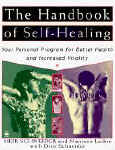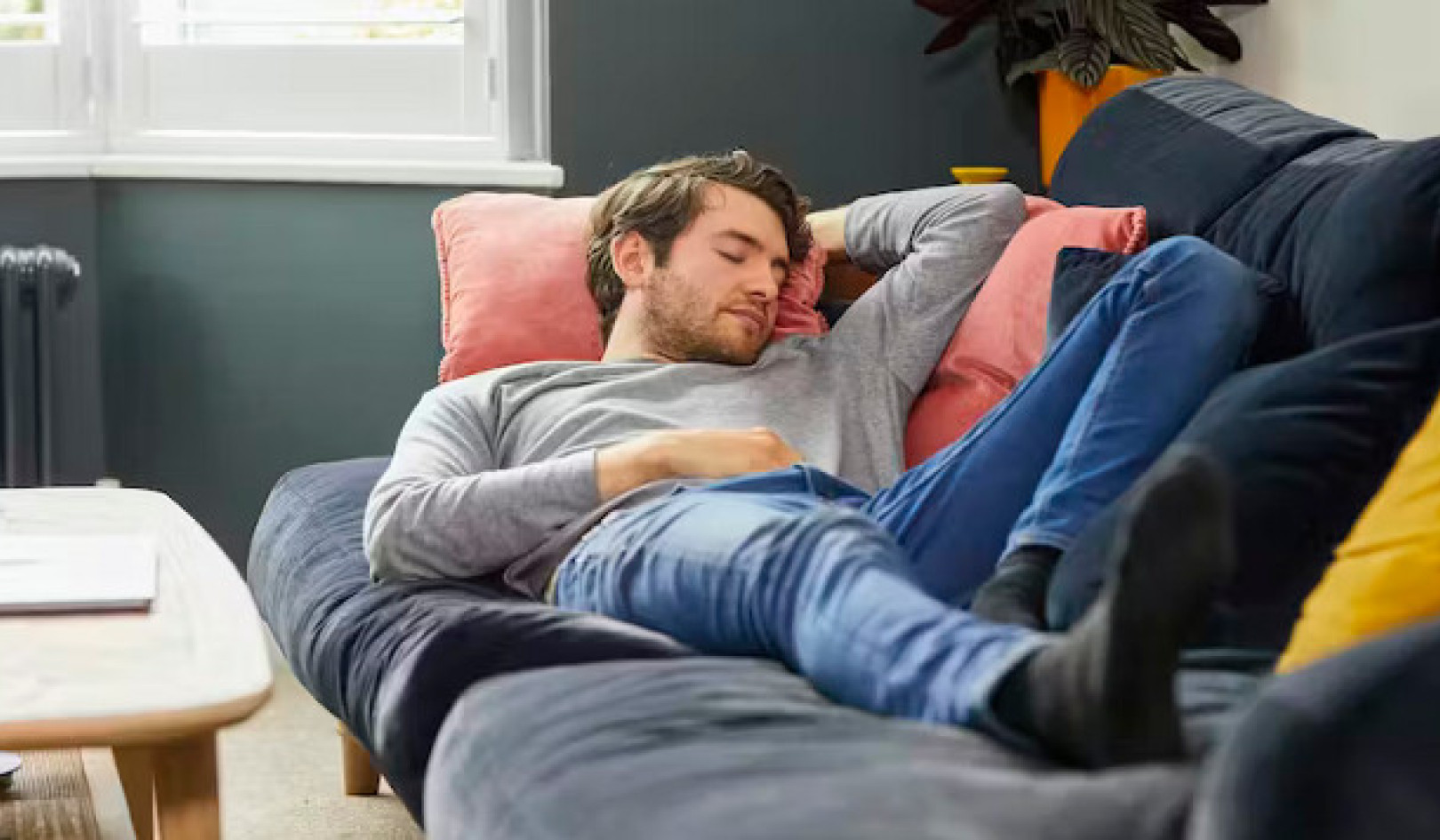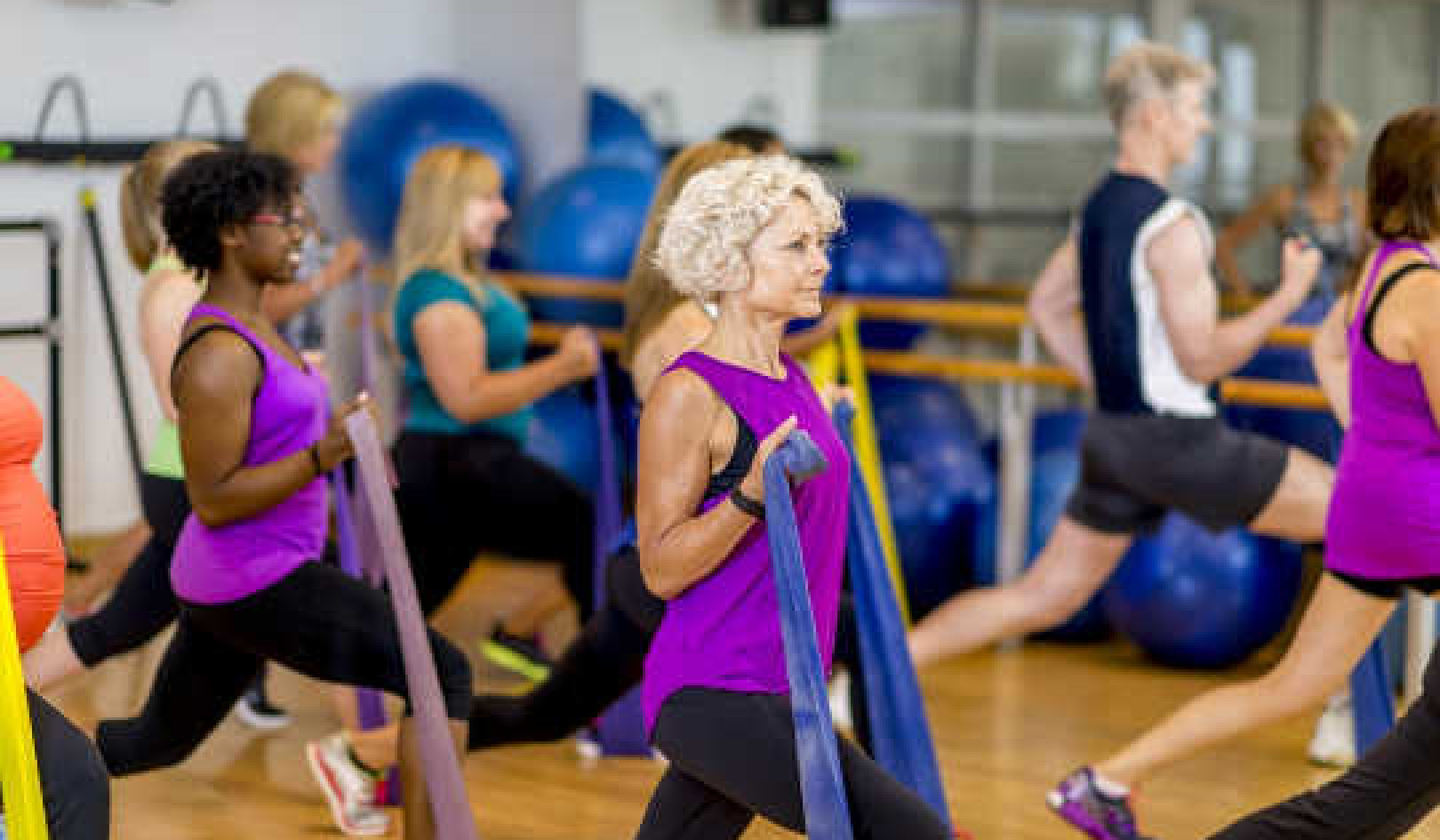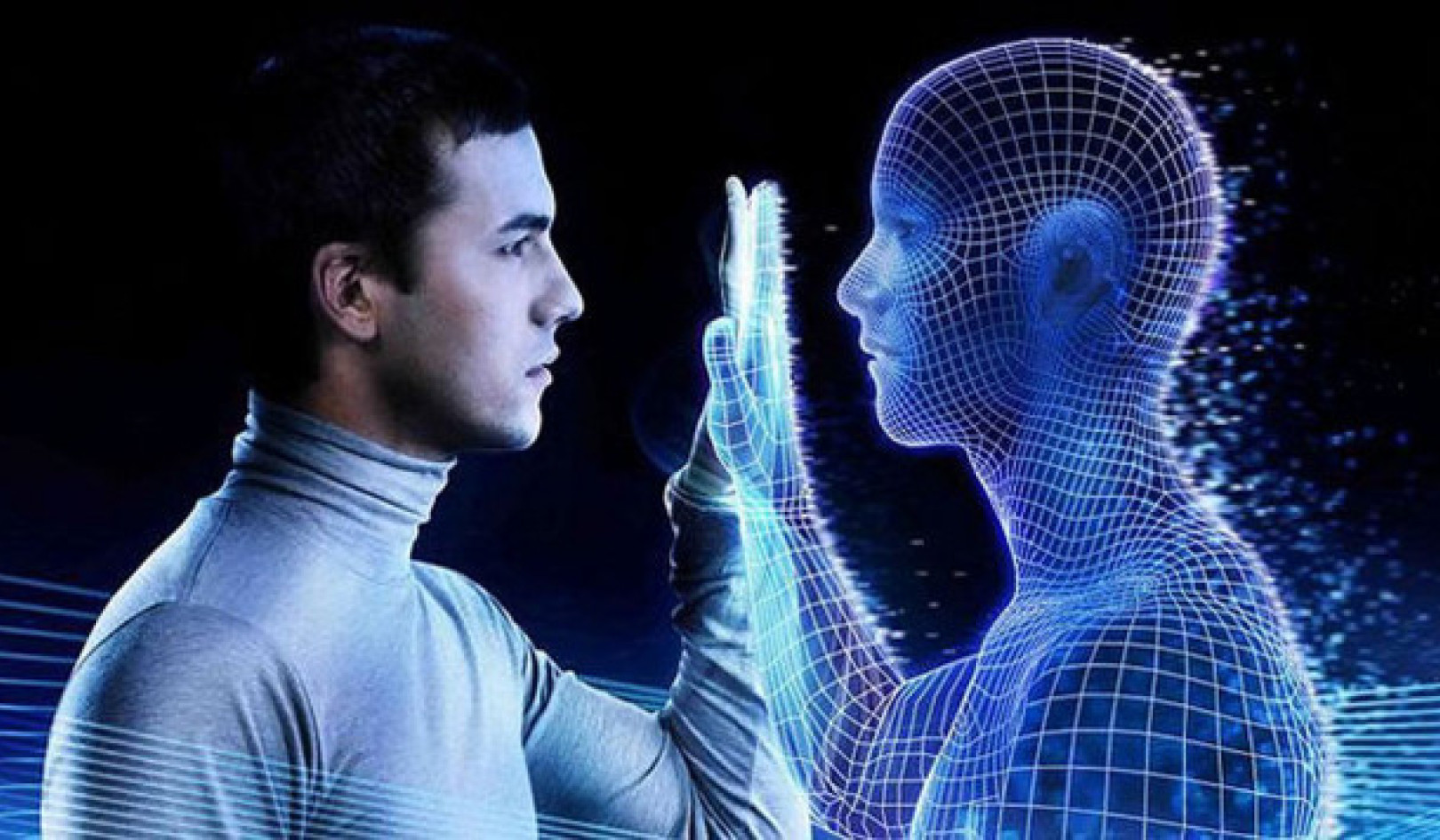Eyes are a very special part of the body, composed in part of tissue identical to brain tissue and very closely linked to the brain in many functions. Nevertheless, the eyes are connected with the rest of the body by way of blood vessels, nerves and muscles. They simultaneously affect the rest of the body and are affected by it.
Vision problems are very frequently accompanied by specific patterns of muscle tension and weakness. As with other types of physical problems, it is very difficult to say with accuracy, This tension created that problem or That problem may have caused this tension. This tends to get one involved in an unsolvable, chicken-or-egg type of discussion. Does a person have a tight neck because of myopia, or vice versa? It is not always possible to say. We have seen, however, that the two things always go together.
Massage of the whole face influences the circulation around the eyes.
Without even looking at the body of a nearsighted person, one can predict confidently that he or she will have pronounced tension in the forehead, jaw, neck, shoulders, upper arms and lower back, and often the calves as well. Relaxing these areas will often produce an immediate improvement in vision, and doing vision exercises will often help these areas to relax. We have found that a combination of vision exercises, bodywork and body-relaxation exercises is far more effective than simply doing vision exercises alone.
Reducing Body Tension
Eyestrain and upper-body tension are closely related. Strenuous use of the eyes can set up patterns of tension in the neck, shoulders, arms and other areas. Conversely, muscular tension in these areas can adversely affect the eyes by decreasing circulation to the head, causing a sense of exhaustion in both the eyes and the mind. Anyone whose job involves sitting at a desk, bent over their work, may experience this type of tension and exhaustion as a regular part of the job. This position, in which most of us spend from six to eight hours of every workday, creates strain in the back and neck, and tension in the shoulders and arms. Shoulder rotations are wonderful for releasing shoulder and upper-back tension since they work directly on the shoulder muscles.
One of the reasons people become so fatigued at work is the tendency to work without stopping for anything but food, coffee or a cigarette. We become so engrossed in our work that we can completely ignore our physical discomfort — until we get home.
People often feel pressured to work straight through because of a deadline or a backlog of work. The irony of this is that when we do take a few minutes for a break to rest, stretch, relax — a genuine breathing space — we find ourselves able to accomplish more than we can when we are perpetually driven to exhaustion.
Some employers are recognizing this and are providing their workers with a place to rest, even to lie down for a few minutes every so often. Even when Maureen worked at a cannery, the workers were given five minutes every hour to go outside on the dock, and she would use the time for sunning or for shoulder rotations or spine stretches. No one thought this was strange; everyone knew that the work made them stiff and uncomfortable. There is more awareness nowadays that the same can be true of sedentary jobs, particularly if they involve computers. There is a whole science called ergonomics, which is devoted to designing workspaces which won't cripple the workers. Those of us who work at home, however, as well as those of us who do not have enlightened employers, have to look out for our own physical welfare during work.
It's All Connected
To understand the eye-body relationship, we need to experience it kinesthetically. What does seeing feel like? Most of the time we are not aware of it; we feel the effects of seeing only after the fact, in the form of eyestrain, eye fatigue, neck tension and other related problems. It is possible, however, to learn to feel immediately when we strain our eyes or the muscles surrounding them, and to stop ourselves from doing so.
A good place to begin is with the muscles closest to the eyes and most directly affected by seeing — the facial muscles. For many years we have been teaching our vision-improvement students to massage their faces, with particular attention to several specific places which seem to have an especially good effect on vision. We have just recently discovered that these are the same points used by the Chinese in acupressure massage — for the same purpose. We are not sure whether this validates their method or ours — probably both. In any case, we highly recommend facial massage, particularly as a preparation for palming. One of the most important functions of palming is, in fact, relaxation of the muscles around the eyes.
Try This Exercise: Massage of the whole face influences the circulation around the eyes. Rub your hands together until they are warm, and then massage your face with your fingertips, gently at first, and then more firmly as your muscles also begin to warm up. The pressure at first should be just firm enough to let you feel whether a spot is tense or painful, but not hard enough to make pain worse. Spend at least a couple of minutes on each separate area, noticing how your touch feels and what effect it has. You may feel a deep tension or pain, a superficial tightness, a pleasant sense of release, or numbness, which is also a sensation.
Begin with the jaw. Massage the whole area from the point of the chin outward along the jawbone, in front of and behind the ears. You can open and close your jaws while doing this, to help stretch and relax the strong jaw muscles. This may make you feel like yawning, so yawn as much as you want — it is very relaxing for your face.
Now work up from the bridge of the nose outward along the cheekbones toward the temples. From the bridge of the nose, work out along the eyebrows, massaging above, below and directly on the brow. Spend a little extra time on the point between the eyebrows; this area gathers a lot of tension from the act of seeing. Then massage in long firm strokes across the forehead and, very gently, with small circular motions, in the temple area. Stroke lightly from the temples up into your scalp, imagining that you are drawing tension away from your eyes.
After ten minutes or so of massage, your face will be glowing and tingling from the increased blood flow. Besides increasing your kinesthetic sense of your eyes, these exercises strengthen the tissues around the eyes.
Move both eyes simultaneously in small circles. If you need to, you can hold up a finger before your eyes and move it in a circle, allowing the eye to follow it, but first see if you can move the eyes in rotation without this aid. Touch your forehead above the eyes with your fingertips. Can you feel the muscles moving? They don't need to. Try to relax them, and practice this exercise until you can do it without working the forehead muscles. You may simply need to make your circles smaller; in fact, see how small you can make them. Close your eyes and visualize them moving in circles, freely, with no effort. It may help to picture a wheel rolling, or a record on a turntable, or something else that turns smoothly and easily. With your eyes open, rotate them again, and this time imagine that only the pupils are rotating.
Now close your eyes and move them in rotation under the closed lids. This may be more difficult, since the movement is so much more limited. Touch your eyeballs lightly as you do this, to feel the movement. Notice whether you tense the rest of your face during this motion; if you do, try not to. You will find it much easier to do this exercise with your eyes open after this. (Ed. Note: In the book, there are a variety of exercises listed to alleviate tension with regard to the eye-body connection which are not listed here.)
Working on your vision demands a high level of awareness, and it will be enormously helpful to you if you begin your vision work in a state of attunement with your body.
This article was excerpted from:
The Handbook of Self-Healing
by Meir Schneider
More books on vision improvement.
About The Author
Meir Schneider healed himself of blindness through eye exercise and movement therapy. His unique approach to healing is to empower the individual. Maureen Larkin healed herself from sight impairment through therapy with Meir. Dror Schneider is a self-healing practitioner and educator, as well as Meir's wife. The couple have two children who also have sight impairments and, through their unique healing procedure, are healing their sight as well. The above was excerpted with permission from the book, "The Handbook Of Self-Healing", by Meir Schneider and Maureen Larkin with Dror Schneider, ©1994, published by Penguin Press, Arkana Books, 175 Hudson St., New York, NY 10014.
























